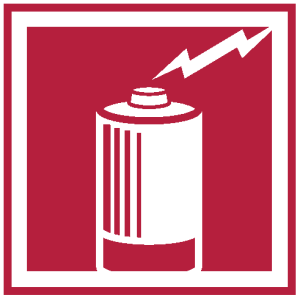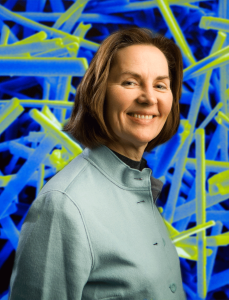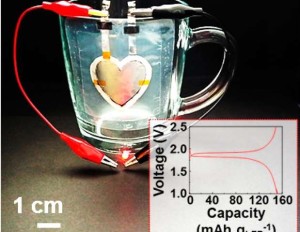 Chris Johnson, group leader at Argonne National Laboratory and ECS Battery Division vice-chair, we would like to let you know about The 2nd International Conference on Sodium Batteries, which will take place at the Sheraton Wild Horse Pass Resort and Hotel in Chandler, AZ the week before (Oct. 7 – 9) the ECS meeting this October.
Chris Johnson, group leader at Argonne National Laboratory and ECS Battery Division vice-chair, we would like to let you know about The 2nd International Conference on Sodium Batteries, which will take place at the Sheraton Wild Horse Pass Resort and Hotel in Chandler, AZ the week before (Oct. 7 – 9) the ECS meeting this October.
This from Dr. Johnson:
The location and timing for this specialized sodium-only conference was set up to dovetail with the ECS meeting and promote one travel event (particularly for overseas travelers). The conference was established to function as a technical and collaborative forum to bring together technical, policy, and government experts in battery science and engineering, particularly those who specialize in sodium batteries as a next-generation energy storage technology for “Beyond Li-ion” battery chemistries.
The conference’s goal is to communicate a current understanding and benchmark state-of-art science in the field. Research and progress in sodium batteries technology will be discussed by this international community. We expect 100 attendees, who both specialize in pushing this technology forward, but also who want to learn more about emergent technology. Approximately 20 internationally recognized invited speakers will give 30-minute presentations. A poster session will also be held.
The cost to attend is $300 and includes two receptions, and two sit-down/served luncheons. To learn more or register for the conference, please visit the conference homepage.
And don’t forget to check out the ECS Battery Division’s sodium-battery-specific talks scheduled for Sunday afternoon in Phoenix!



